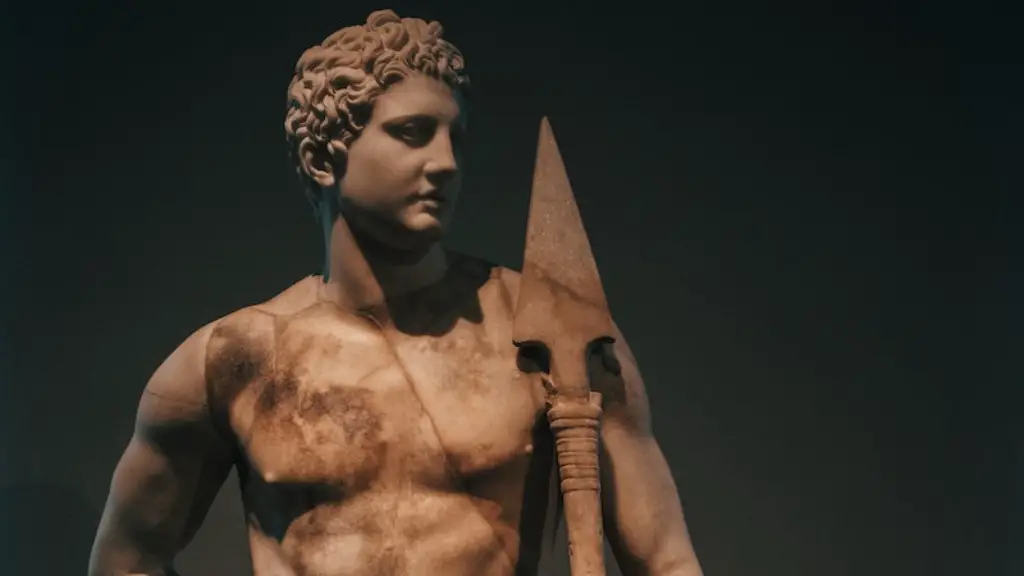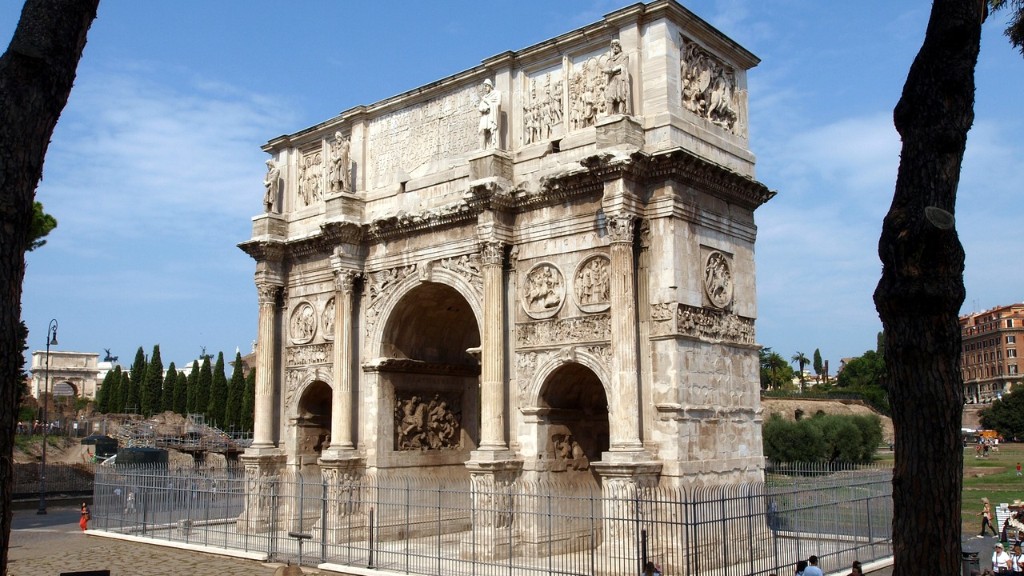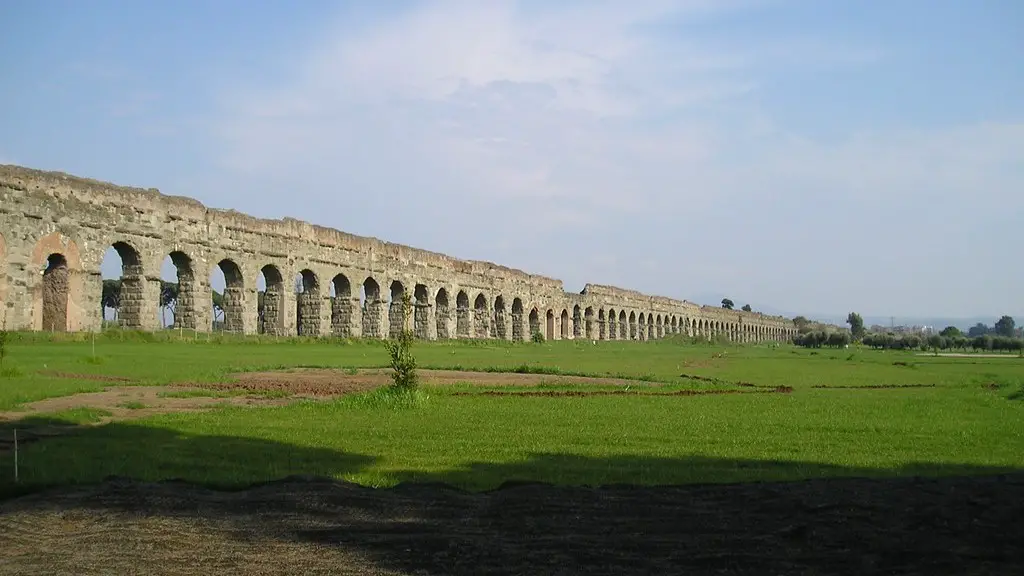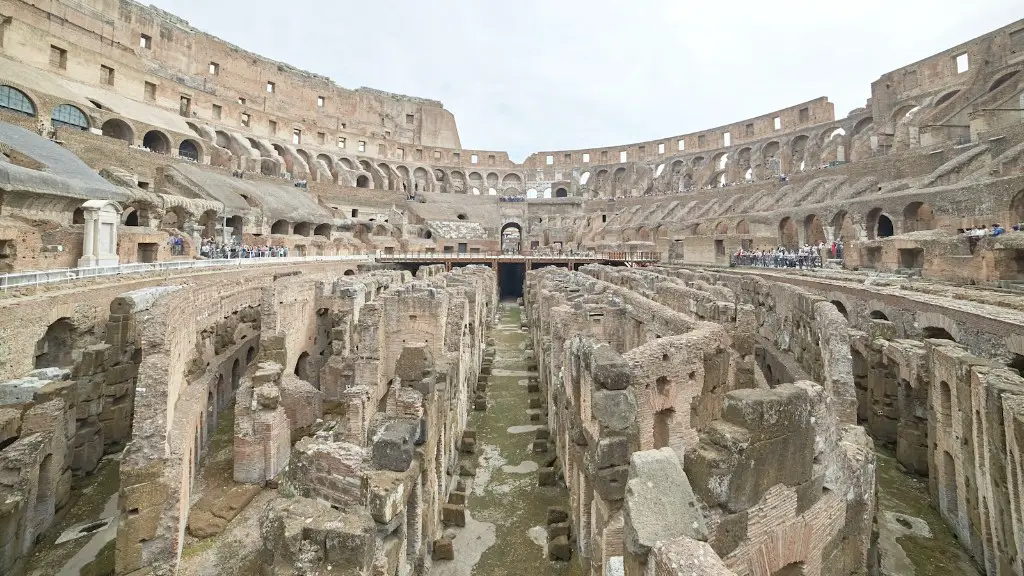The ancient Romans were known for developing one of history’s most advanced and organized forms of transportation. This transport system was vital for their success over a long period of time and allowed the Roman Empire to expand to one of the greatest ever, stretching from Britain to the Middle East. Each form of transport, from road networks to ships, facilitated trade and communication, making the Roman Empire a pioneering force of the ancient world.
Roads
One of the most iconic elements of Roman transport is their road networks. This labyrinth of routes allowed for easy and reliable pathways between settlements, communications and transportation, and was developed primarily by military engineers. In his work Roman Roads, historian Perry de Lacey explains the importance of the road network, saying they “became the infrastructure of the Roman Empire, connecting cities and making trade possible”.
Roman roads served many purposes, and were used for both civilian and military activities. Roads provided accessible pathways for people wishing to travel, as well as easy access for merchants to transport goods in bulk. Military tactics also benefited from the roads system, as it decreased the time required for soldiers to move and allowed for easier communication between different areas.
Ships
The Roman naval ships were essential for transporting both goods and people. This type of transport allowed them to create colonies further away from their main city-bases, and also facilitated their successful trading network at the time. Their ships were called ‘liburnae’, and were designed and constructed according to their own ideal specifications.
The ships were lightweight and had a ‘former and a V-shaped hull which helped reduce the ship’s drag and enabled them to travel quickly’. This helped them travel to areas much further away from their main cities, as well as enabled them to move between ports without taking as long as other ships.
Chariots and Carriages
The Romans were also known for their extensive use of horse-drawn chariots and carriages for both leisure and military purposes. These were used for travelling or delivering packages, as well as for mobile warfare and transportation of the elite. Archaeologist James Carney explains “the chariots and carriages increased a general sense of mobility and freedom that was instrumental to the eventual development of a more cosmopolitan society”.
These horse-drawn modes of transport were constructed by the Romans and often decorated in expensive materials, showing off their affluence. They used a range of vehicles, such as two-wheeled chariots, four-wheeled carriages and even eight-wheeled wagons to transport both goods and people.
Ubanization and Bridges
Urbanization was an important aspect of the Roman transport network. It was through urbanization especially through their bridge building projects that the Romans were able to traverse the countryside and join areas together. Most of their bridges were constructed with wooden frames and stone vaults, or arch-like masonry.
Thanks to urbanization the Romans were able to construct well-maintained roads, marketplaces and arenas, and facilitate transport and communication between towns, cities and provinces. These were instrumental in connecting the Roman Empire and allowed it to become one of the largest and longest-lived empires of its time.
Canals and Aqueducts
The Romans developed canals as an easy and efficient way of transporting goods and people between settlements. History professor Derek Jones states, “Canals allowed the Romans to have more control over river transport and enabled them to move bulk items like food and military equipment.”. The Romans also used aqueducts, which were large-scale systems of stone channels and reservoirs used to transport water. This helped the Roman Empire irrigate land, build better public amenities such as public baths and fountains, as well as increase citizens’ quality of life.
Furthermore, the Romans adopted new technologies, such as wheel-lock systems and wheeled carts to increase the speed and quantity of goods carried on the roads. This transport infrastructure allowed for the growth and development of the Roman Empire, and influenced the transport systems of Europe for many years.
Impact and Legacy
This intricate and well-maintained system of transport was the main conduit for Roman success, allowing them to dominate large areas of Europe and create an efficient trading network. It also paved the way for many of their other achievements, like the structuring of their cities and the construction of monumental public works.
Technology and Innovation
The Romans’ transport systems were a well-thought out construction, combining the latest technologies of the time into one well functioning unit. Through innovation and experimentation, they built the structures that made their roads, aqueducts and canals one of their most iconic achievements.
Furthermore, their engineering knowledge allowed them to effectively regulate the flow of goods and transportation, proving the advanced ingenuity of the Roman empire. This enabled the Romans to access far-reaching areas within and outside of their boundaries, laying the foundations for their incredible success.
Time Management
Time was of the essence for the Roman Empire, as it was essential for the diffusion of culture and growth in both population and size. Consequently, their transport allowed them to manage their resources efficiently and effectively.
The Roman transport system enabled them to move people and goods quickly, communicate quickly and travel in great distances for both recreational and military purposes. This increased their sense of mobility and enabled them to cover vast distances with ease.
Progression and Advancements
The transport system of the Roman Empire was continuously evolving and developing as they progressed as a nation. It is testament to their sophistication and expertise that they managed to develop an extensive network of transportation that enabled them to reach new heights of success.
The Romans were able to constantly upgrade and innovate their systems, which meant they could quickly and efficiently move people and goods with ease. This gave them an advantage over other empires which allowed them to remain a powerful force for centuries, meant their transport systems remain a major name in modern day engineering.




